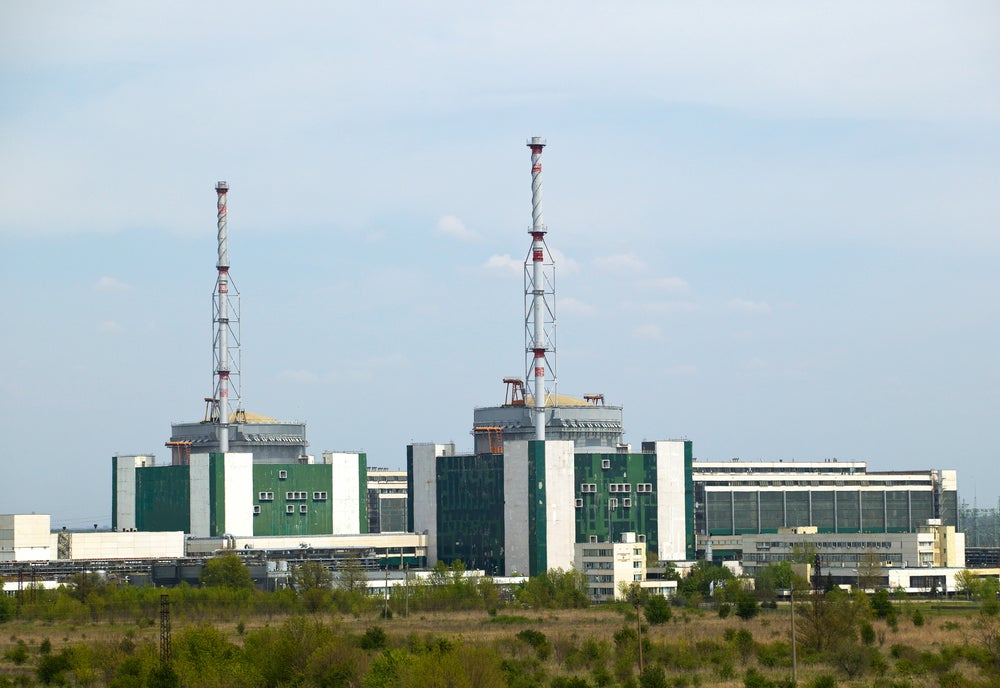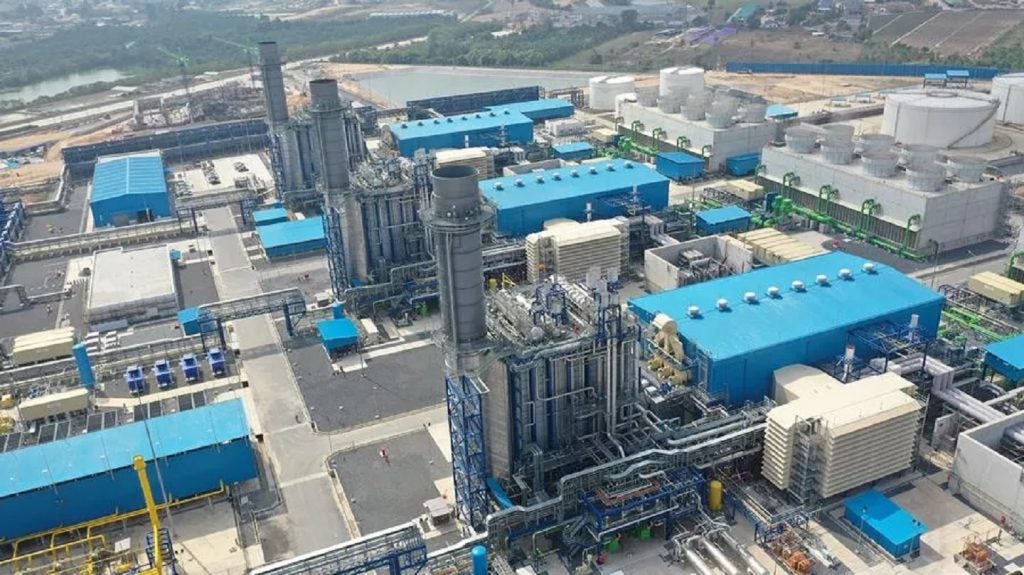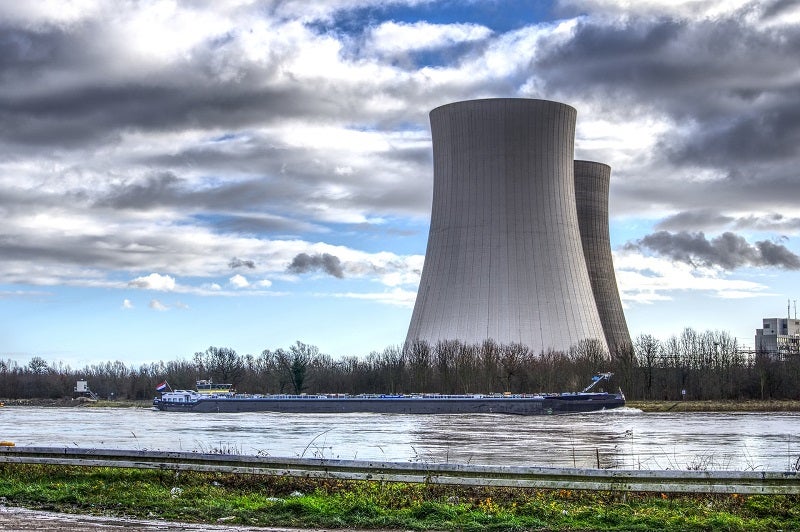Mianhuatan is a 600MW hydro power project. It is located on Tingjiang river/basin in Fujian, China. According to GlobalData, who tracks and profiles over 170,000 power plants worldwide, the project is currently active. It has been developed in a single phase. The project construction commenced in 1998 and subsequently entered into commercial operation in 2001. Buy the profile here.
Description
The project was developed by Fujian Mianhuatan Hydropower Development. Huadian Fuxin Energy and Fujian Investment and Development Group are currently owning the project having ownership stake of 60% and 22% respectively.
The hydro reservoir capacity is 2,035 million cubic meter. The net head of the project is 87.6m. The total number of penstocks, pipes or long channels that carry water down from the hydroelectric reservoir to the turbines inside the actual power station, are 4 in number. The penstock length is 35m. The penstock diameter is 5.4m. The project generated 1,520 GWh of electricity.
Development status
The project construction commenced in 1998 and subsequently entered into commercial operation in 2001.
Power purchase agreement
The power generated from the project is sold to State Grid Corporation of China under a power purchase agreement.
See Also:
Contractors involved
Voith Hydro Shanghai was selected as the turbine supplier for the hydro power project. The company provided 4 units of francis turbines, each with 150MW nameplate capacity.
DEC Dongfang Electric Machinery supplied 4 electric generators for the project. The generator capacity is 171.43 MVA.
For more details on Mianhuatan, buy the profile here.
Premium Insights
From

The gold standard of business intelligence.
Blending expert knowledge with cutting-edge technology, GlobalData’s unrivalled proprietary data will enable you to decode what’s happening in your market. You can make better informed decisions and gain a future-proof advantage over your competitors.






